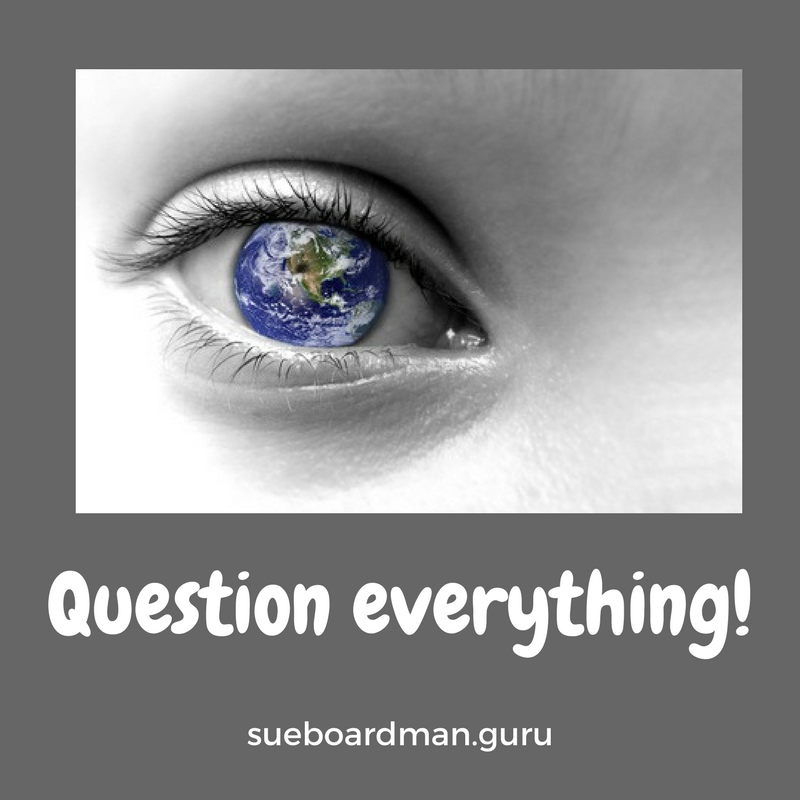Have you ever noticed how a book you’d never heard of pops up suddenly with exactly what you need to make progress on whatever puzzle you’re trying to solve? The first time I remember it happening was about 20 years ago when, despite years of research, I was missing a transition I desperately needed for my dissertation.
I was wandering in a used book store when a particular volume called Women’s Ways of Knowing seemed to hop up and down on the shelf in front of me. Obligingly, I flipped through the pages, though, frankly, I wasn’t immediately attracted by the small heard of sociologists listed as authors.
Then I saw it.
Along with the discovery of personal authority arises a sense of voice–in its earliest form, a “still small voice” to which a woman begins to attend rather than the long-familiar external voices that have directed her life. This interior voice has become…the hallmark of women’s emergent sense of self and sense of agency and control (p. 68).
On the surface, not much to do with my topic of pre-marital counseling and the church. Yet, somehow, long before I discovered glitter pens, there it was. Almost glowing on the page.
The next step was obvious. Buy the book and head home as quickly as possible to read.
The authors were clear about their goals.
In this book we examine women’s ways of knowing and describe five different perspectives from which women view reality and draw conclusions about truth, knowledge, and authority. We show how women’s self-concepts and ways of knowing are intertwined. We describe how women struggle to claim the power of their own minds… (pp. 3-4).
All of which sounded useful, but not necessarily game changing. Until I read a bit further.
We listened as women told us their life stories and described the people and events that were catalytic in shaping the way they viewed themselves and their minds. Not all of the women’s stories were happy ones. This is as much a book about pain and anger and static lives as it is about hope and lives in blossom. It is also a book about the “roar which lies on the other side of silence” when ordinary women find their voice and use it to gain control over their lives (p. 4).
Exciting but still, seemingly, not much to do with my topic.
And then the lightbulb came on. The message was not about my topic. It was about me.
I was stuck between all the sources of authority in my life and me. My sense of authority. My sense of meaning. And there, among all the stories of other women, armed with a wholly new perspective, I decided to be less stuck. I decided to write my work.
Yes. It was scary. And, just between us, it almost backfired. At the last minute, though, it worked. (Though I had already learned a great many things which, we might suppose, should be the object of such an academic exercise in the first place!)
Yes, I said it. Should be. (A phrase I generally try to avoid.)
Fortunately, that book is still around. We may need it now, more than ever.
Here’s what I know now that I didn’t know even in the midst of knowing new things.
I do not want my girls to live in silence. I do not want them to discount their own experience and live in others’ notions of truth. I don’t want your girls to live in silence, discounting their experience, either. Nor, for that matter, do I want our boys to do that.
Well ok, I do want mine to listen to their parents and stay off social media and limit tv until they’re a bit older. I’m also glad they’re already claiming their own opinions about all those things, and many more.
And I’m committed to helping them be ready with the tools and strategies they will need to give more and more weight to their own voices. To question everything. To be wildly, passionately who they are. And to be open to the books and surprises that jump out for them in moments when they are wandering.
It’s kind of amazing, actually, to realize that I’ve spent most of my life getting ready to do just this!

